Phenomenal Dioramas by Italian Photographer Teresa Giannico

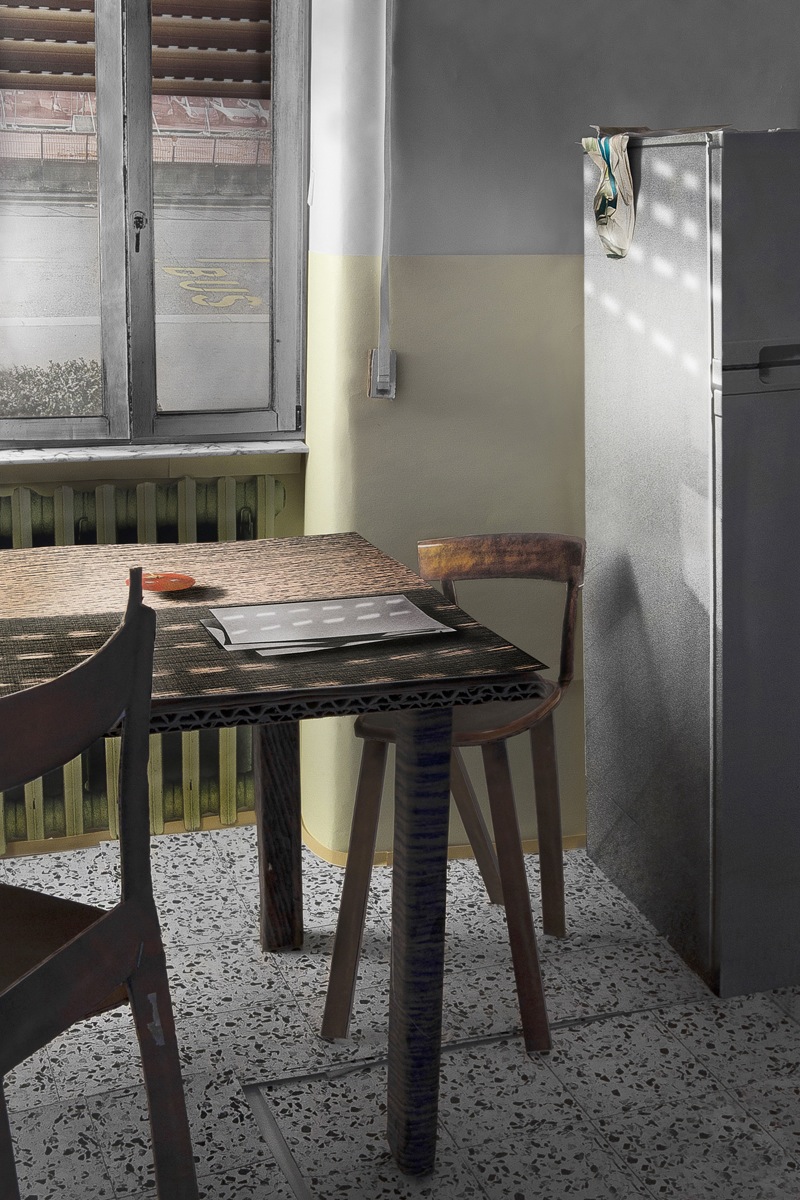
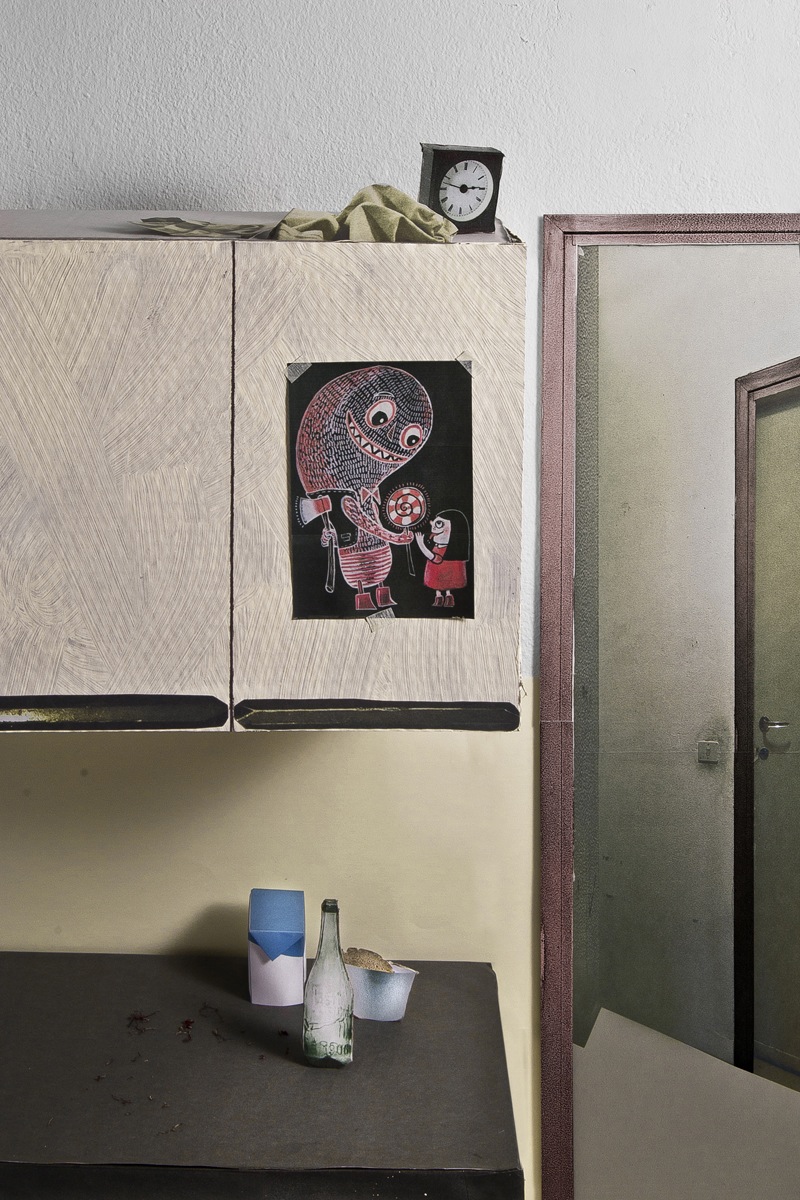
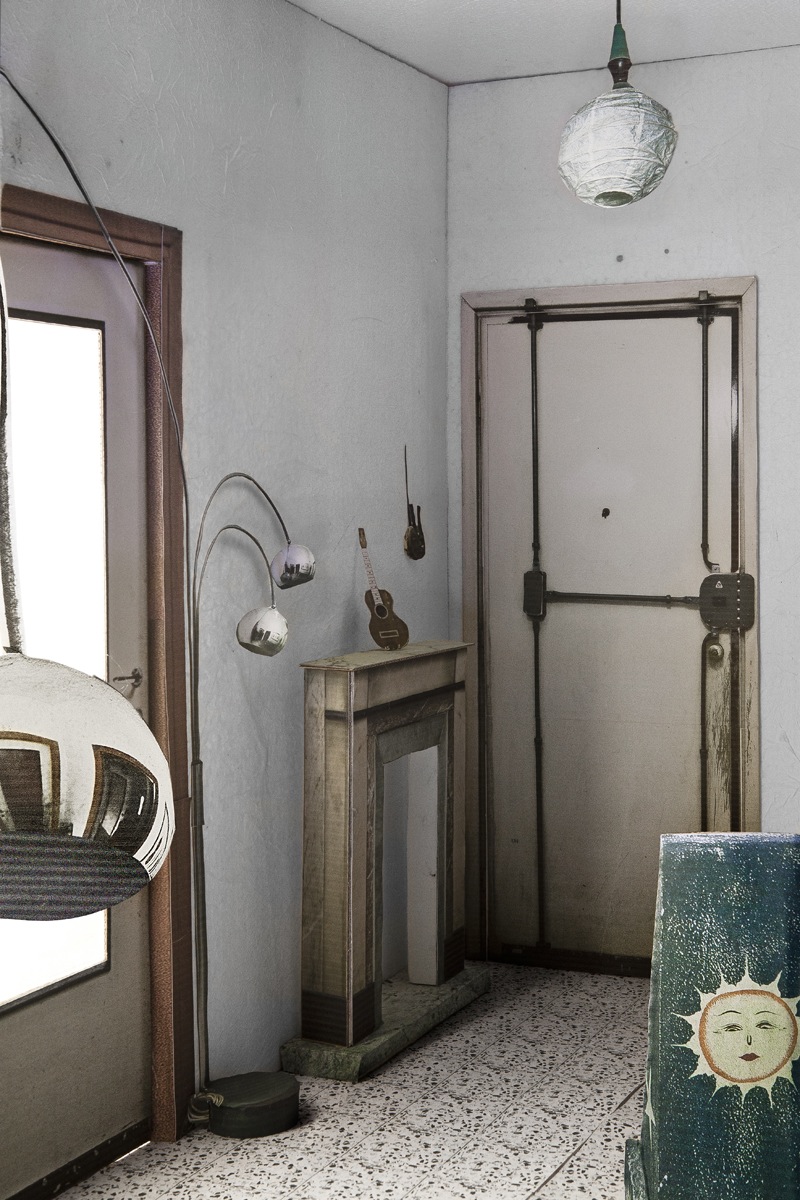
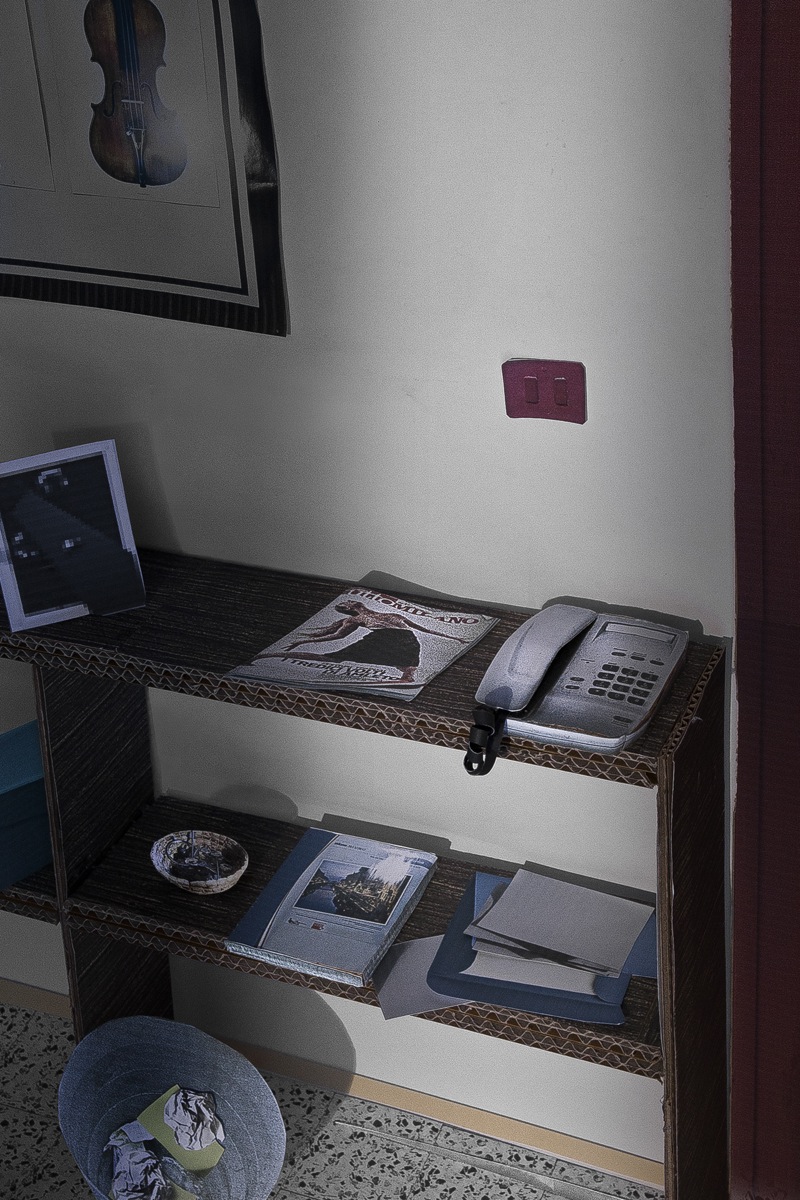
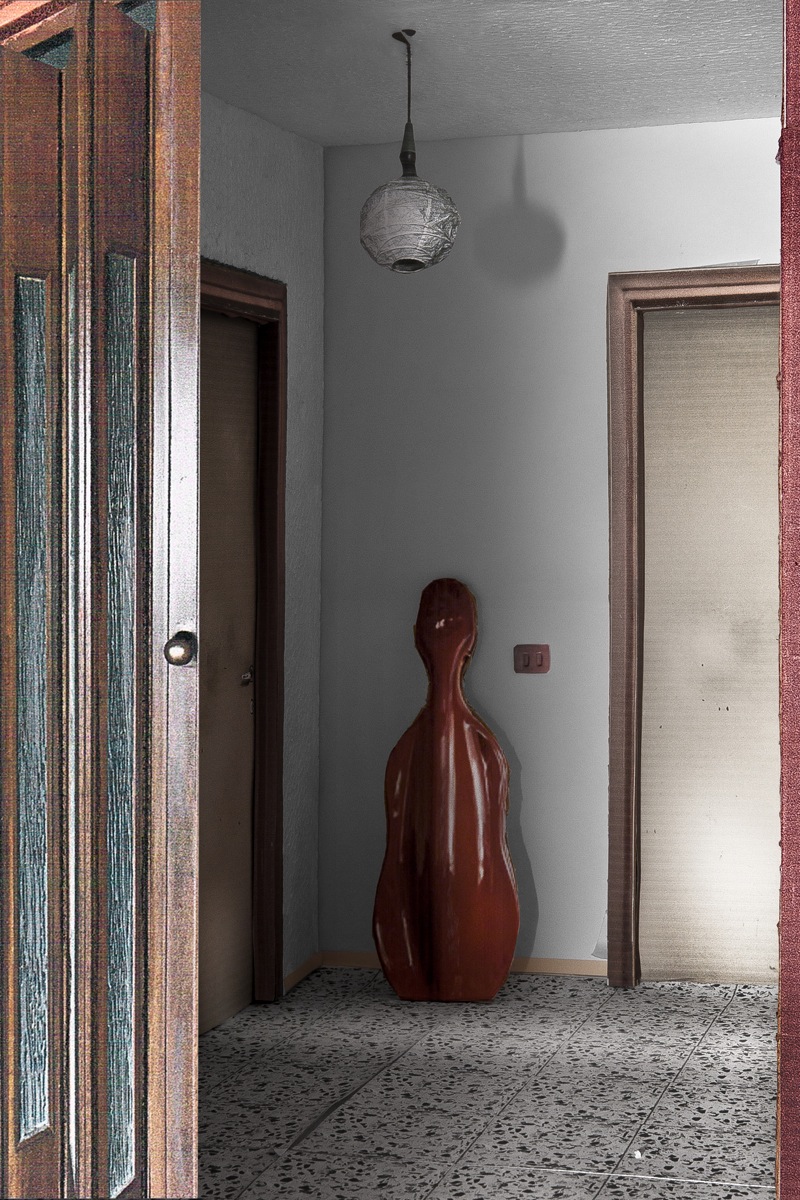

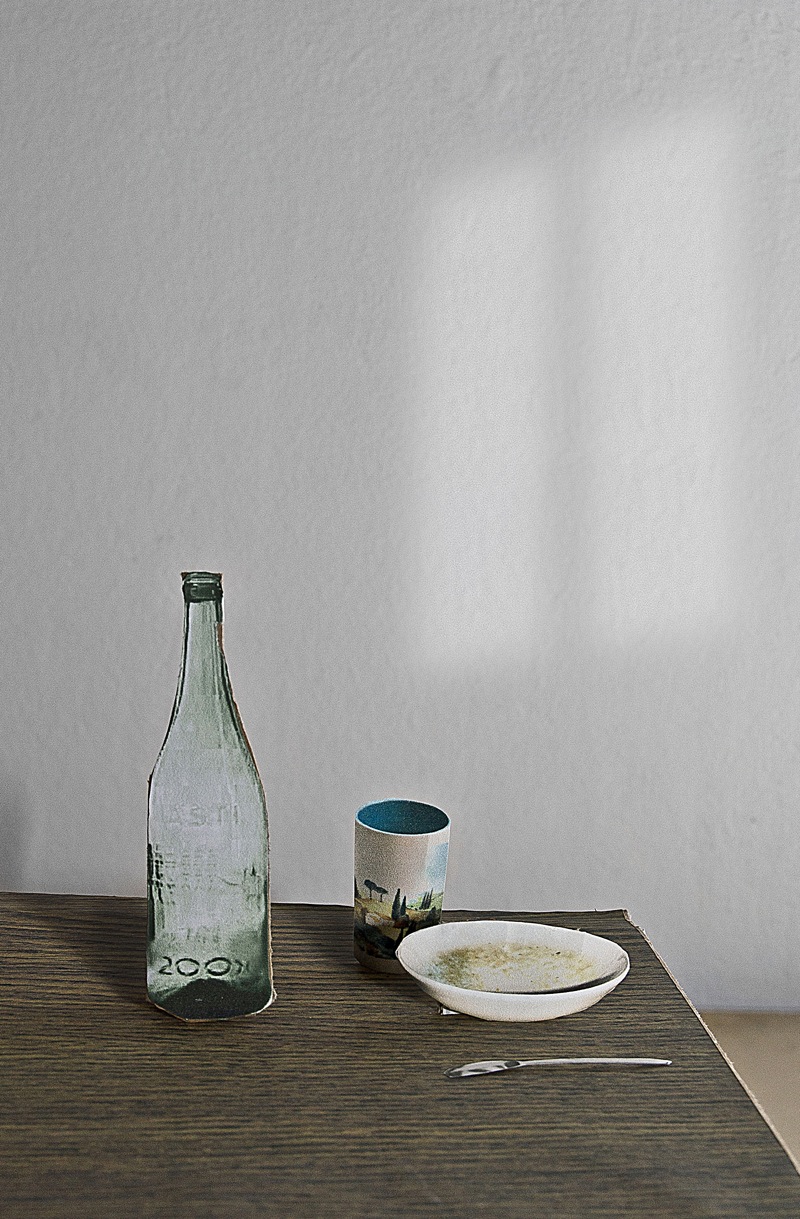
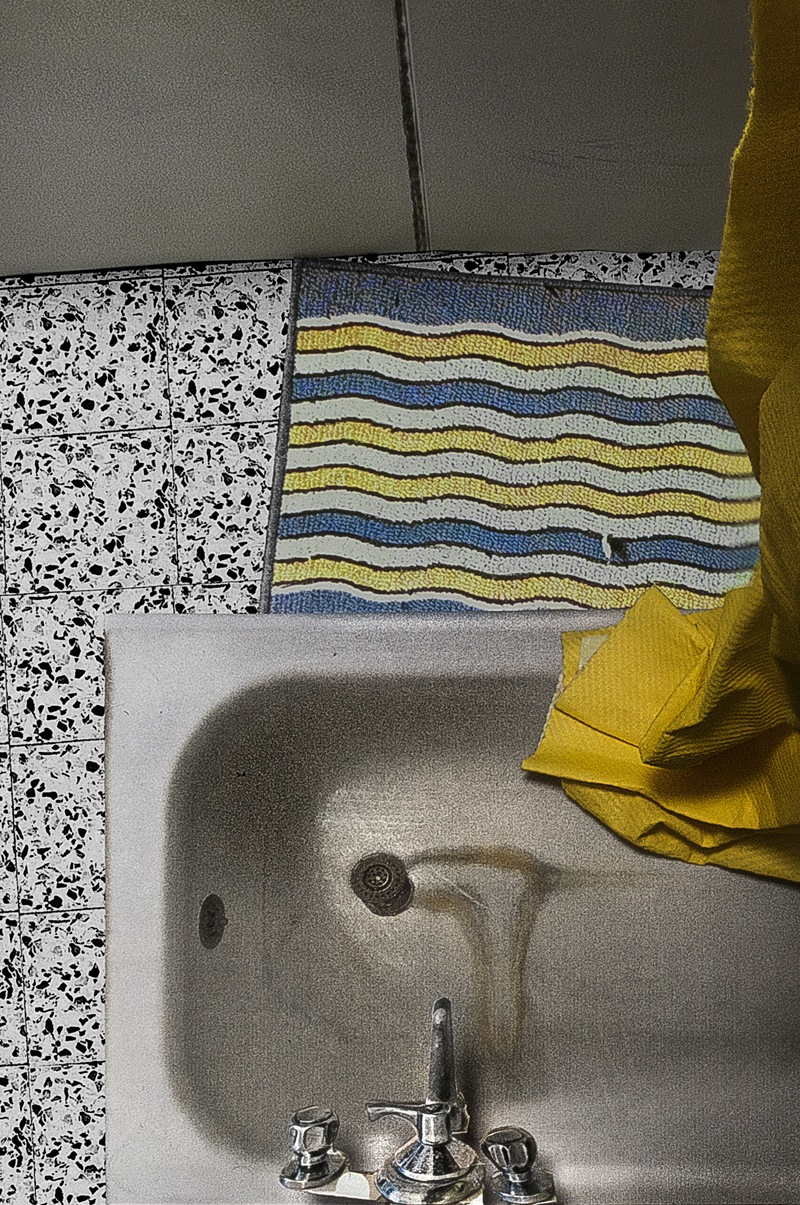
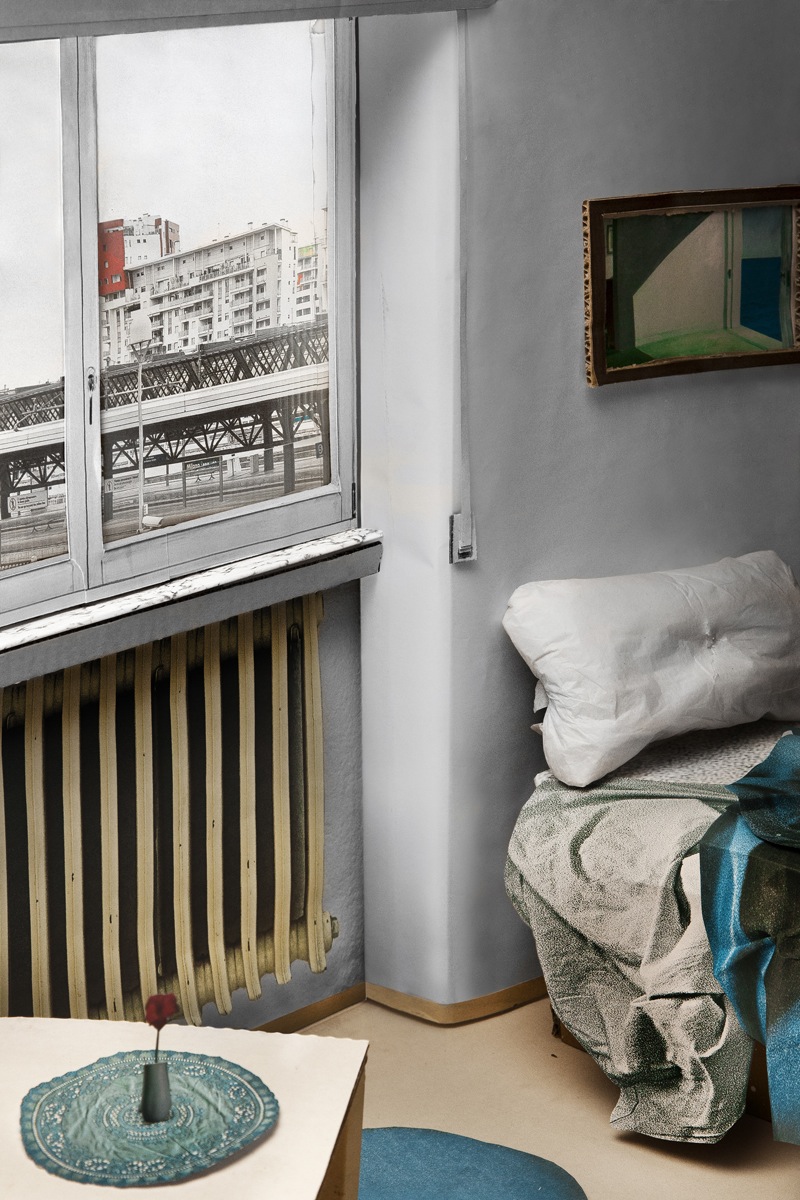
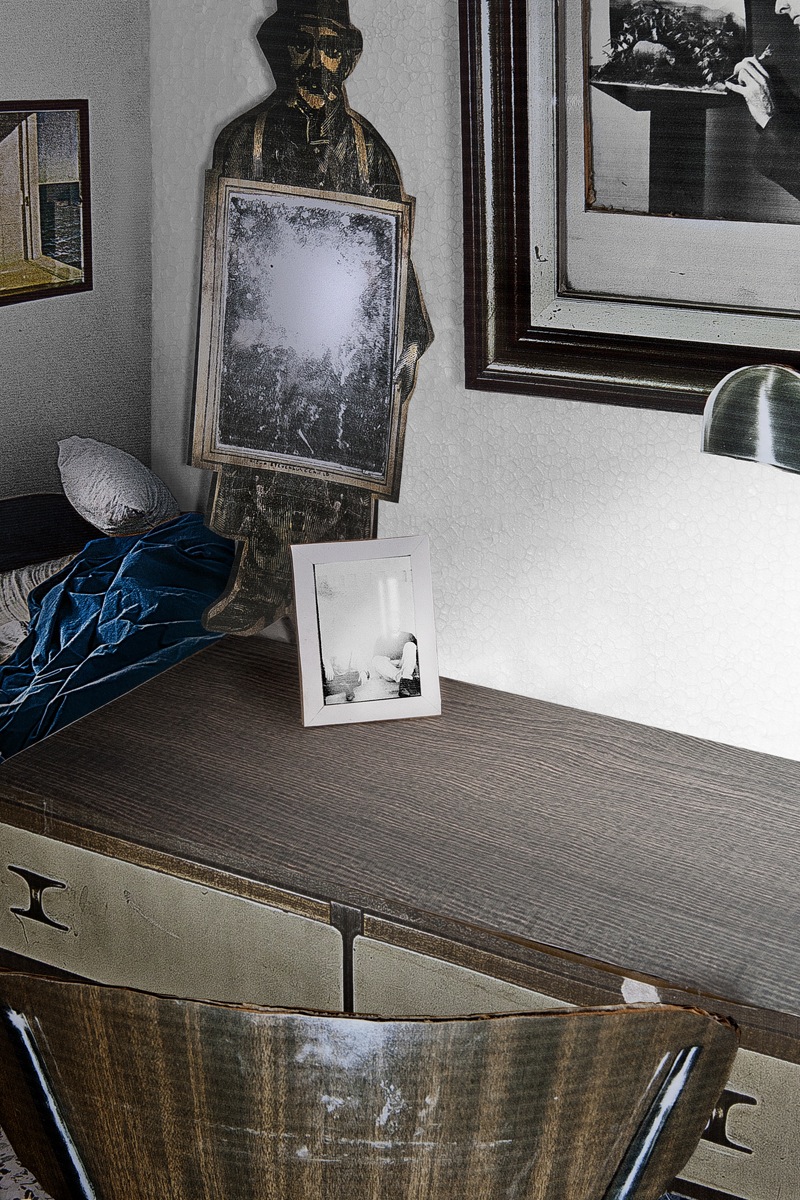
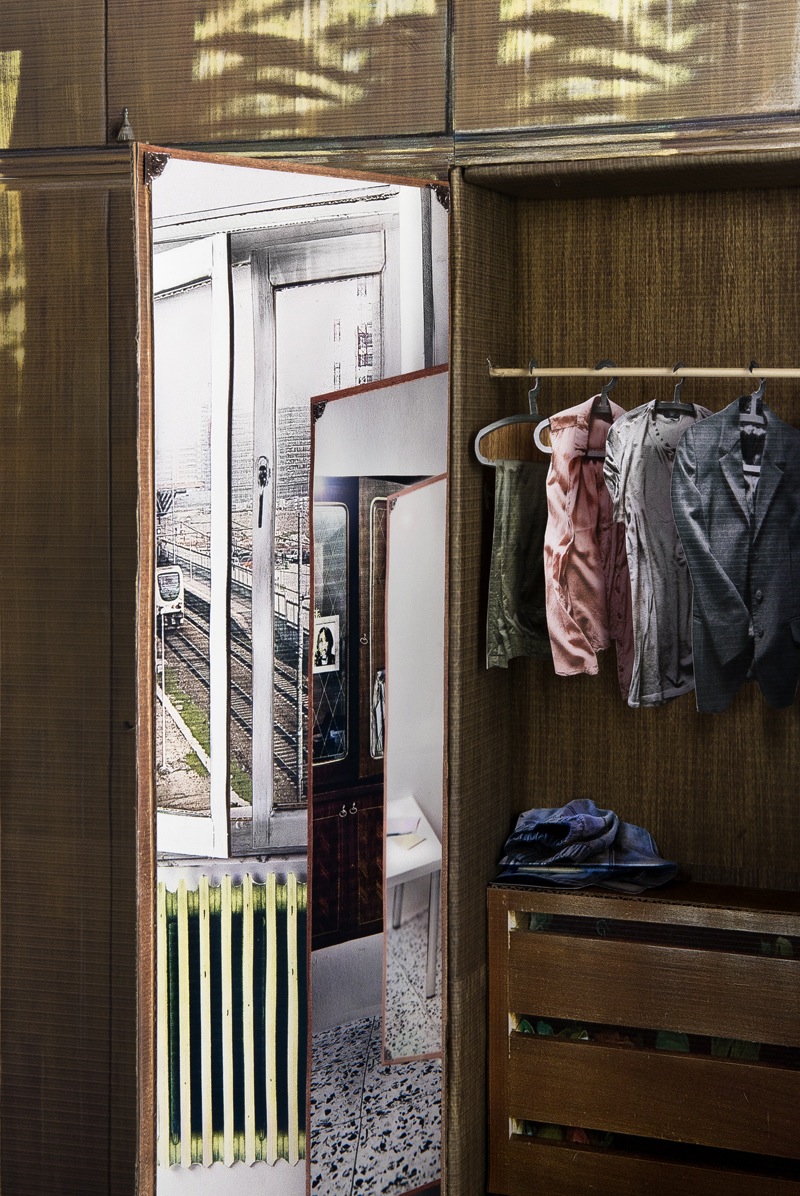

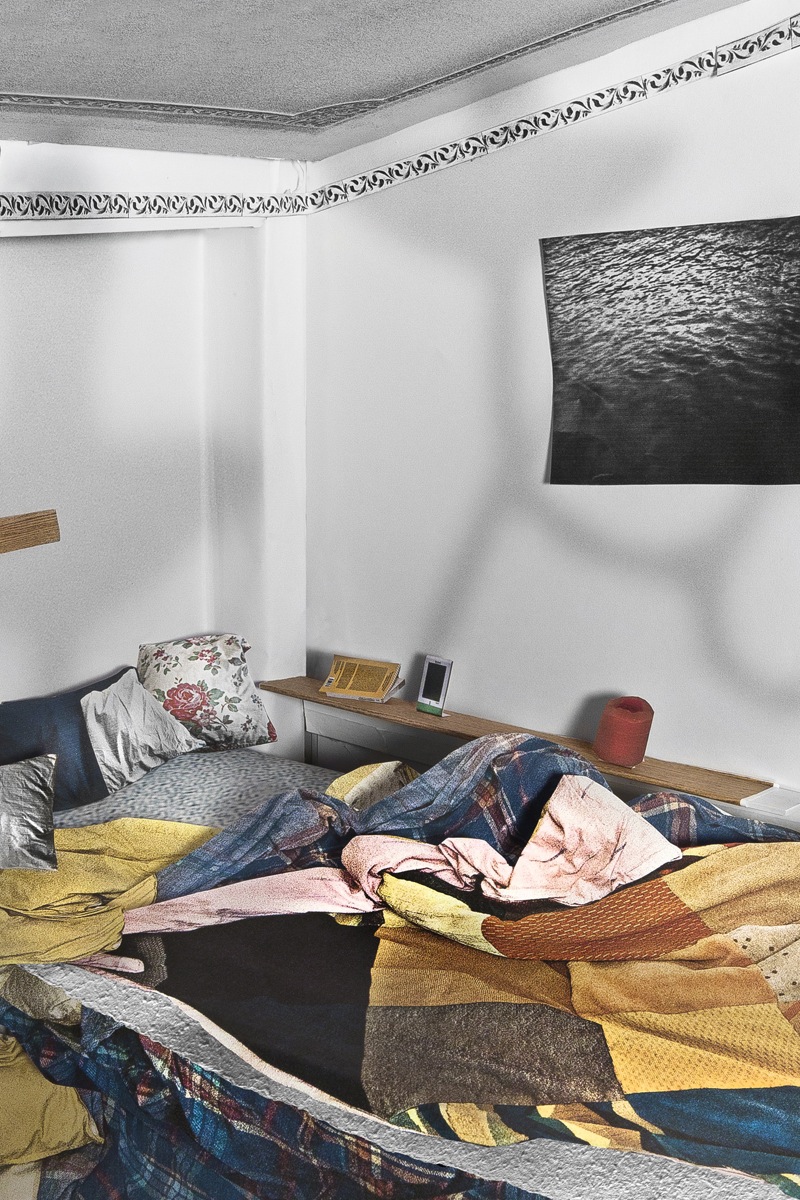



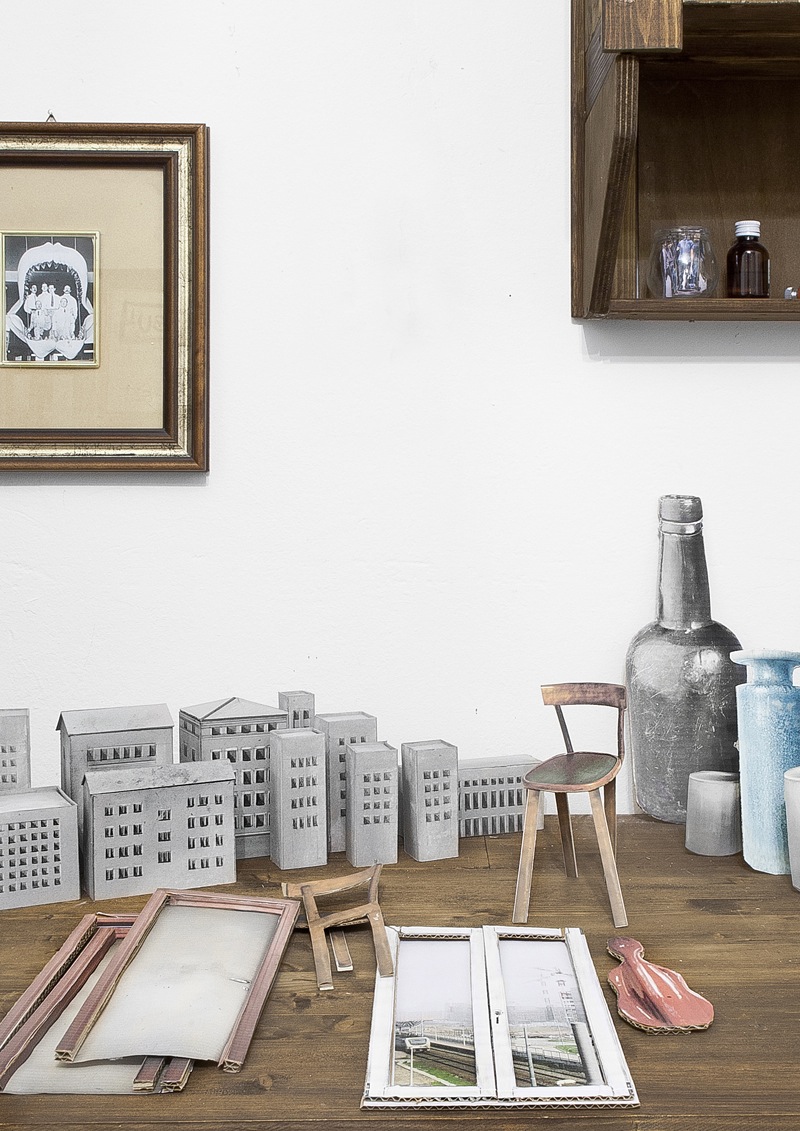
We were literally thrilled to discover these dioramas by Italian artist Teresa Giannico. For those of you who may not know, a diorama is a type of three-dimensional model that has its origins in the 1820s. For the series we present today, Teresa made and then photographed dioramas of her own apartment in Rogoredo, a suburban area of Milan, with the goal of representing how plain and precarious life in the suburbs can be.
The last three photographs in the above slideshow are of the props Teresa used for her dioramas, and show the crazy amount of care and detail that it must have taken her to produce them. Truly terrific work!
Hello Teresa, thank you for this interview. When and how did you take an interest in photography?
I became interested in photography while studying painting. I used to look at pictures to prepare myself for the making of a painting. I would look at anything from the work of the great photographers to billboards and family albums. Photography was the first medium I used to filter the reality around me. With time, I started shifting from painting to collages, until I eventually moved to Milan to study photography at Fondazione Forma. After meeting many new people and making many new experiences, I found a balance between the two disciplines – now I look at paintings to prepare my photographs!
What have been the main themes of your photography so far?
I’ve always been concerned with social issues, and the relationship between the individual and the environment he lives in. I am particularly intrigued by the uncertainty of contemporary life.
What is Rogoredo about in particular?
The Rogoredo series is named after the suburban area where I live, in the south of Milan. This is a sort of urban border which is exclusively known for being the last stop of trains and buses. The work depicts the corners of my own house, rooms where the presence of people both known and unknown has created a layering of overlapping traces. Showing the inside of my house, however, is also a way to criticize the external environment.
My intention was to examine the uncertainty produced by the current economical crisis in Italy. This is a feeling experienced all the more keenly in Milan, a fragile city that is no longer capable to satisfy expectations as it used to. I’ve never been too fond of landscape themes, but I somehow wanted to incorporate Rogoredo in my work, so I started with what I see everyday – the interiors of my house, an old apartment originally inhabited by railway employees first, then luthiers, followed by people who would stay for increasingly shorter periods of time.
Please share with us a little bit about the creative process behind Rogoredo.
Usually, my projects are born in my head without the need of sketches or notes. I know an image can work when it is still in my imagination. In the case of Rogoredo, my starting point was something I knew very well, it was always there in front of my eyes, so I began to photograph all the things I saw everyday in a very spontaneous way, then used those photographs as notes for my dioramas.
Once I had a final storyboard, I photographed the textures of the real objects, which I later printed and applied on the cardboard. I stayed strictly true to reality, even when the space was sloppy and not nice to look at.
I was inspired by Thomas Demand for sure, and then Mario Sironi’s urban landscapes, and the works of Antonio Donghi, Edward Hopper, Giorgio Morandi.
What camera(s) did you use to shoot Rogoredo?
A Canon 5D
Choose your #threewordsforphotography.
Flat. Time. Observe.
Keep looking...

FotoCal — Photography Awards, Grants and Open Calls Closing in June 2025

FotoCal — Photography Awards, Grants and Open Calls Closing in May 2025

FotoCal — Photography Awards, Grants and Open Calls Closing in April 2025

FotoCal — Photography Awards, Grants and Open Calls Closing in March 2025

FotoCal — Photography Awards, Grants and Open Calls Closing in February 2025

FotoCal — Photography Awards, Grants and Open Calls Closing in January 2025

FotoCal — Photography Awards, Grants and Open Calls Closing in December 2024




